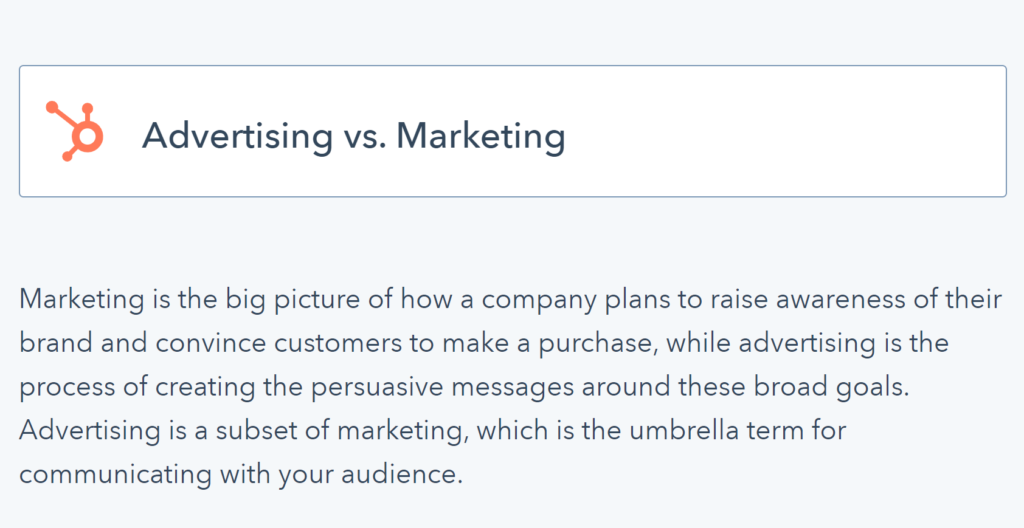
Author Michelle Lagos
What should my marketing goals be?
Building brand awareness.
Generating a high volume of qualified leads.
Establishing thought leadership.
Attributing marketing activities to revenue generation.
Increasing brand engagement.
Use a SMART Approach to Setting Marketing Objectives
Specific
The goals are clearly defined and outlined. Such as:
1. Identify how much revenue you need to generate from your inbound marketing efforts
2. Determine how many sales you need to hit those revenue goals
3. Identify your closing rate and how many opportunities you need
Measurable
Your marketing goals have key performance indicators (KPI) and benchmarks. These KPIs track the progress toward your goal and clearly display if you’re on track to hitting those objectives.
1. Identify how many leads you need
We define a lead as a visitor that has converted on one of your offers. Not all of your leads will be qualified, so it’s important to estimate a number that will provide you with enough MQL’s to achieve your goals.
2. Identify how much traffic you need to achieve your goals
Based on our experience, we would estimate a traffic to lead conversion rate of 2.5% over the next 12-months. We’ll plan on this being lower in the beginning as content is being created and higher in the fourth quarter of the program. In our example, you’ll need 20,000 website visitors within the next 12-months.
Set quarterly benchmarks
If you’re just getting started, remember that results will take some time. You’ll get a lot more traction in the 4th quarter than you did in the 1st.
Achievable:
Your objectives are within the ability of your team and budget. Realistically assess growth and successes. Smaller budget make a solid impact but will take longer than a larger outreach.
Relevant:
Your marketing objectives are relevant to your brand mission and the direction of your business. Each marketing objective contributes to reaching a company goal, so stay consistent in all other areas of the business – communications, advertising, visuals, presentations, etc.
Time-Bound:
Your objective must have a timeline that indicates when they both begin and end – Usually in quarter and yearly cycles.

What should my advertising goals be?
The Purpose of Advertising
Advertising has three primary objectives: to inform, to persuade, and to remind.
- Informative Advertising creates awareness of brands, products, services, and ideas. It announces new products and programs and can educate people about the attributes and benefits of new or established products.
- Persuasive Advertising tries to convince customers that a company’s services or products are the best, and it works to alter perceptions and enhance the image of a company or product. Its goal is to influence consumers to take action and switch brands, try a new product, or remain loyal to a current brand.
- Reminder Advertising reminds people about the need for a product or service, or the features and benefits it will provide when they purchase promptly.
Developing Effective Ads: The Creative Strategy
Effective advertising starts with identifying the target audience and the objectives for the campaign. When advertising is part of a broader effort and should have clarity around the target audience, campaign strategy, and budget, the next step is to develop the creative strategy for developing compelling advertising. The creative strategy has two primary components: the message and the appeal.

